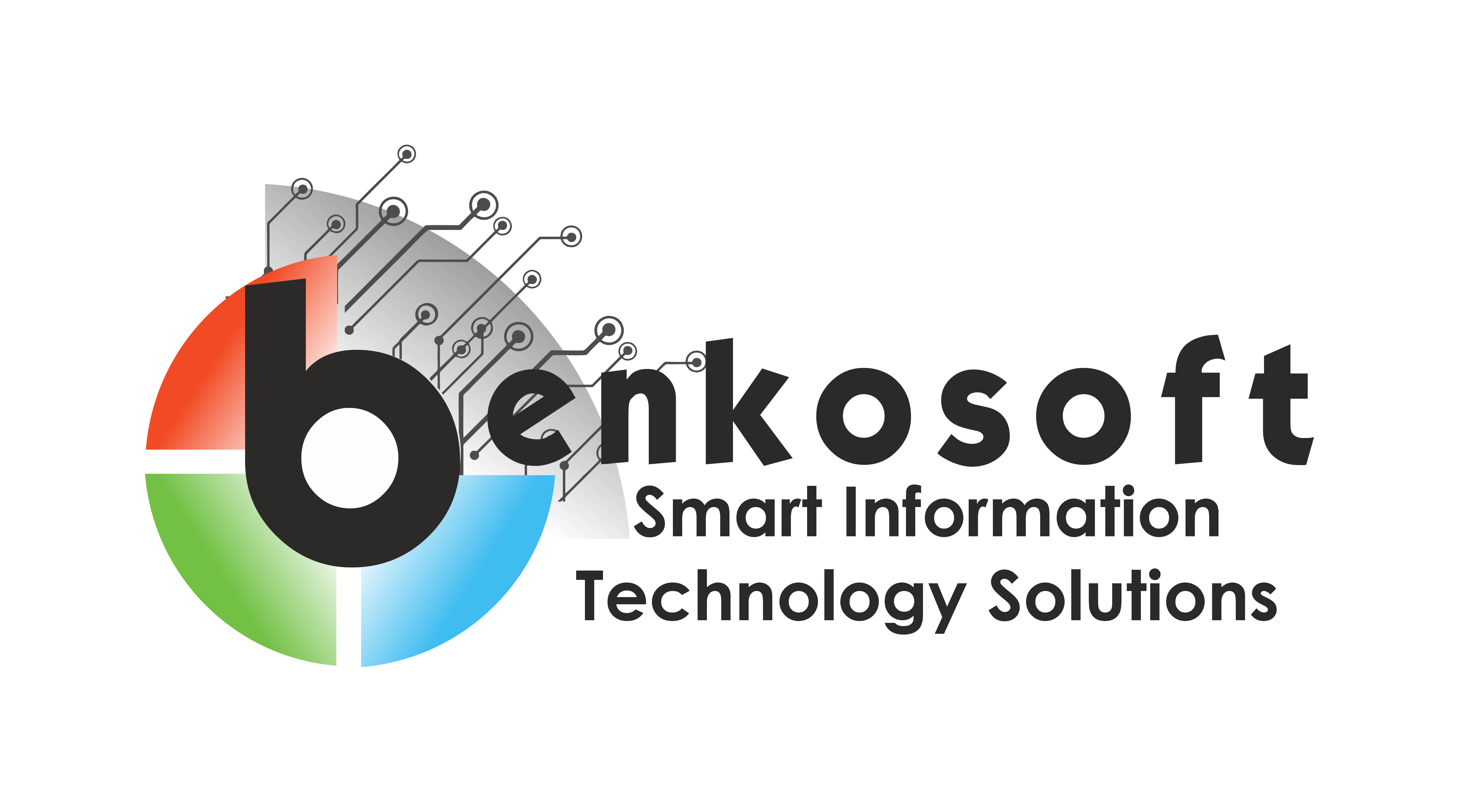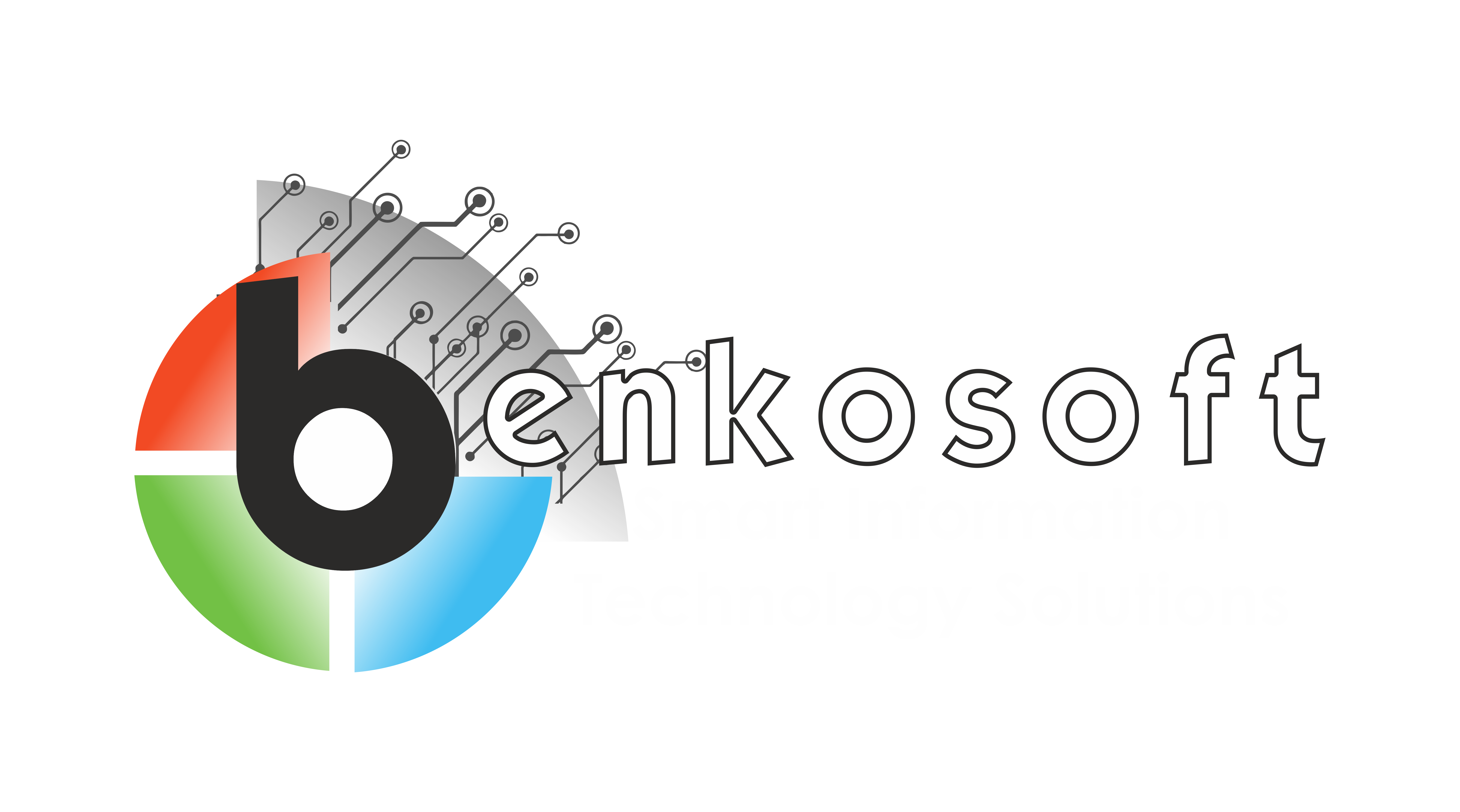Technologies
Gimp
GIMP, which stands for GNU Image Manipulation Program, is a free and open-source raster graphics editor used for tasks like photo retouching, image editing, and image composition. It is available for Windows, macOS, and Linux and is considered one of the best free alternatives to commercial software like Adobe Photoshop.
One of the key features of GIMP is its wide range of tools for image editing and manipulation. It offers tools for cropping, resizing, and rotating images, as well as more advanced tools for adjusting colors, removing blemishes, and applying filters and effects. GIMP also supports layers, allowing users to work on different parts of an image independently and then combine them into a final composition.
GIMP’s interface is highly customizable, with the ability to rearrange and dock windows to suit the user’s workflow. It also supports a wide range of file formats, including popular formats like JPEG, PNG, and GIF, as well as more specialized formats like RAW files from digital cameras.
In addition to its built-in tools, GIMP supports a wide range of plugins and scripts that extend its functionality. These plugins can add new filters, effects, and tools, further enhancing GIMP’s capabilities. The GIMP community is active and has created a large number of plugins and scripts that are freely available for download.
While GIMP is a powerful and versatile tool, it does have a learning curve, especially for users who are new to image editing software. However, there are many tutorials and resources available online that can help new users get started with GIMP and learn how to use its features effectively.
Overall, GIMP is a powerful and flexible tool for image editing and manipulation. Its wide range of features, customizable interface, and support for plugins make it a valuable tool for photographers, graphic designers, and anyone else who needs to work with images.

